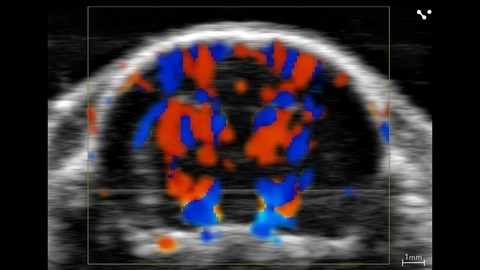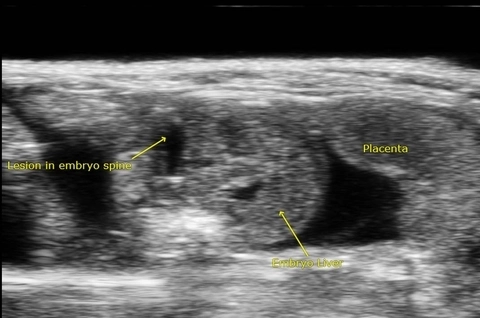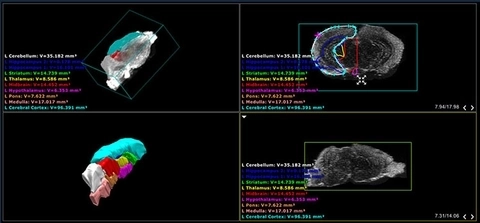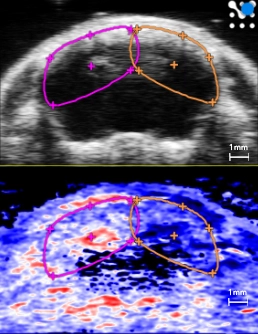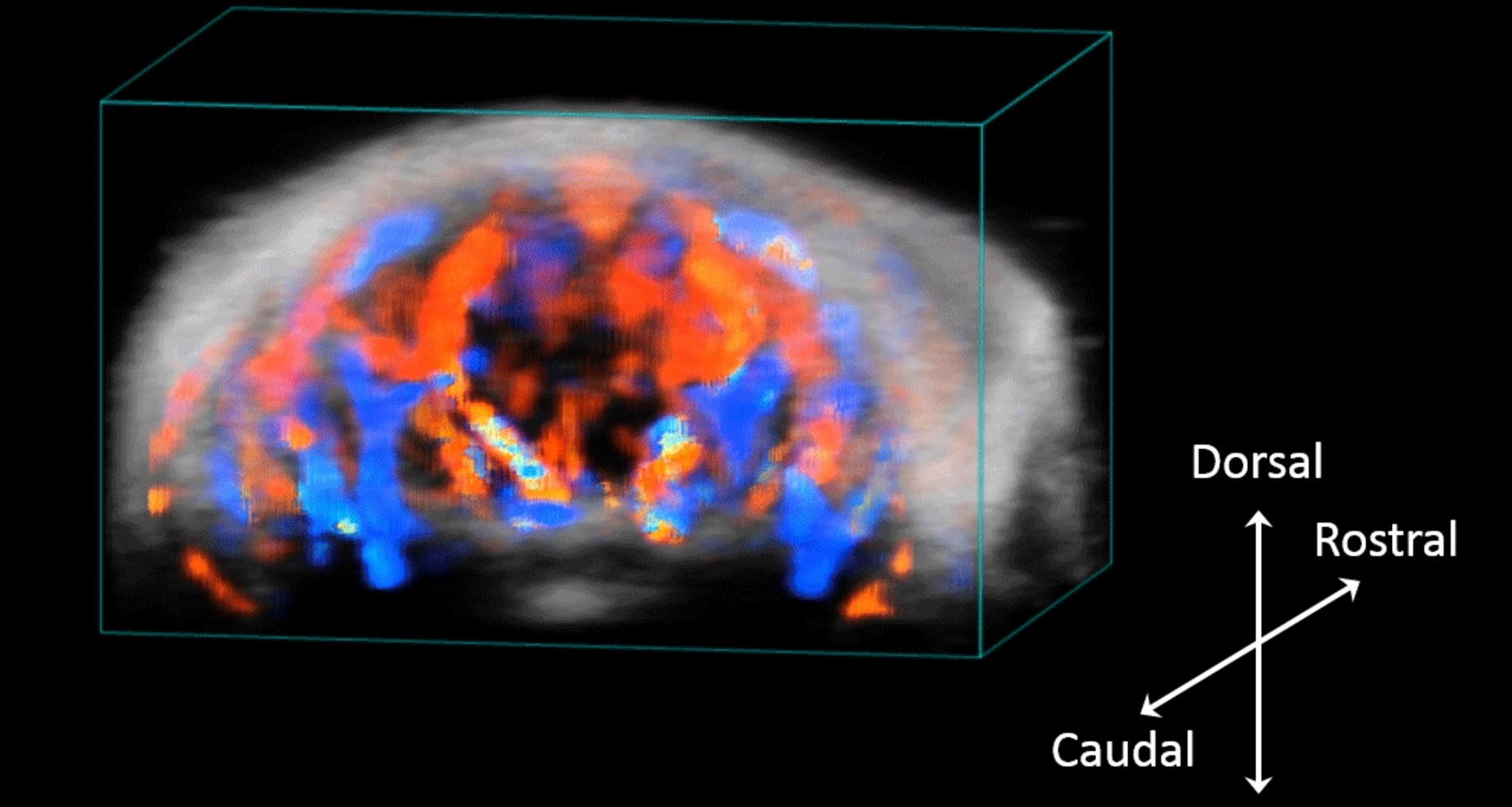Neuroimaging Techniques for Seeing the Mouse Brain in vivo and in Real-time
Visualize functional processes for your small animal neuroscience research including stroke, cancer and in vivo delivery of drugs, stem cells, or other agents.
Compared to other preclinical neuroimaging techniques, Vevo imaging systems are non-invasive, non-ionizing, and offer a more cost effective solution.
Ultra-high frequency ultrasound and photoacoustic imaging is capable of assessing many neurologically relevant parameters in 2D and 3D such as:
- Blood flow
- Perfusion
- Oxygen saturation
- Total Hemoglobin
- Contrast agents (ultrasound microbubbles, NIR dyes, nanoparticles)
In addition, the Vevo BRAIN stereotactic frame and neuroanatomical atlas facilitates mouse brain imaging for increased ease-of-use and reproducibility.
Imaging the Brain
Vasculature in the Brain during Ischemic Stroke
Vasculature in the mouse brain, visualized with color Doppler during transient carotid artery occlusion.
Gallery
Publications
TOP PAPER
Ultrasound-Assisted Blood–Brain Barrier Opening Monitoring by Photoacoustic and Fluorescence Imaging Using Indocyanine Green
Ultrasound in Medicine and Biology
,
TOP PAPER
3D doppler ultrasound imaging of cerebral blood flow for assessment of neonatal hypoxic-ischemic brain injury in mice
PLoS ONE
,
TOP PAPER
In vivo imaging in experimental spinal cord injury – Techniques and trends
Brain and Spine
,
TOP PAPER
Early cerebrovascular and long-term neurological modifications ensue following juvenile mild traumatic brain injury in male mice
Neurobiology of Disease
,
TOP PAPER
Transcranial Photoacoustic Detection of Blood-Brain Barrier Disruption Following Focused Ultrasound-Mediated Nanoparticle Delivery
Molecular Imaging and Biology
,
TOP PAPER
Multimodal and multiscale optical imaging of nanomedicine delivery across the blood-brain barrier upon sonopermeation
Theranostics
,
TOP PAPER
Exploration of melanoma metastases in mice brains using endogenous contrast photoacoustic imaging
International Journal of Pharmaceutics
,
TOP PAPER
Very High Resolution Ultrasound Imaging for Real-Time Quantitative Visualization of Vascular Disruption after Spinal Cord Injury
Journal of Neurotrauma
, Neutrophil extracellular traps induce endothelial damage and exacerbate vasospasm in traumatic brain injury
Theranostics
, Request a Quote or Demo
